Fertilizing in a self water pot?
kujen
last month
last modified: last month
Related Stories
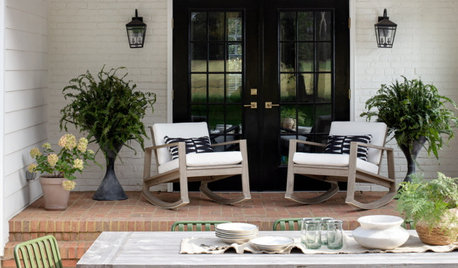
SUMMER GARDENINGHow to Water and Refresh Your Potted Plants Over the Summer
Keep container gardens looking lush by cooling them down when temperatures rise and by giving them a seasonal spruce-up
Full Story
GARDENING GUIDESGet on a Composting Kick (Hello, Free Fertilizer!)
Quit shelling out for pricey substitutes that aren’t even as good. Here’s how to give your soil the best while lightening your trash load
Full Story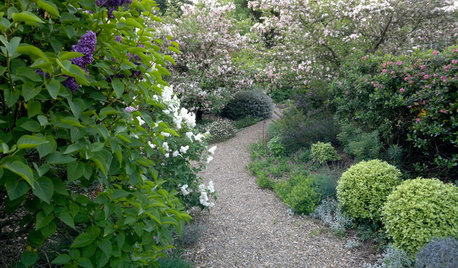
LANDSCAPE DESIGNSee a Lush Australian Garden That Needs Little Water
Highly self-sufficient and sustainable, this oasis near Sydney offers something special around every corner
Full Story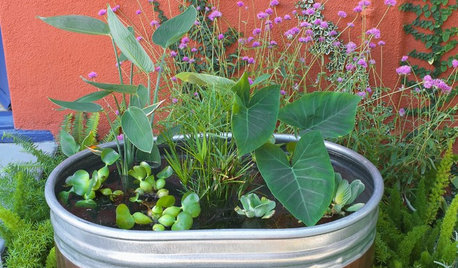
DIY PROJECTSA Colorful DIY Water Garden for Your Patio
See how to turn a standard stock tank into a customized container garden for floating and potted aquatic plants
Full Story
SPRING GARDENINGHow to Grow a Rose Garden in Pots
Everything can come up roses, even without a plot of soil in sight. This step-by-step guide to growing roses in containers shows you how
Full Story
LANDSCAPE DESIGNGet Along With Less Lawn — Ideas to Save Water and Effort
Ditch the mower and lower your water bill while creating a feast for the eyes with diverse plantings and gathering places
Full Story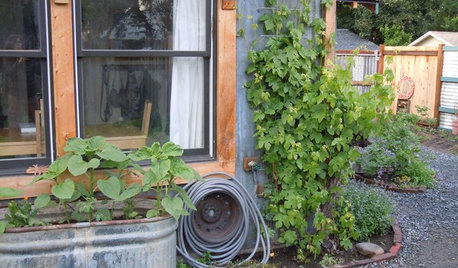
GARDENING GUIDESEdible Gardening Essentials: Tips for Traditional Hand Watering
Save the expense and hassle of a complicated garden system with a simple watering can or inexpensive hose add-ons
Full Story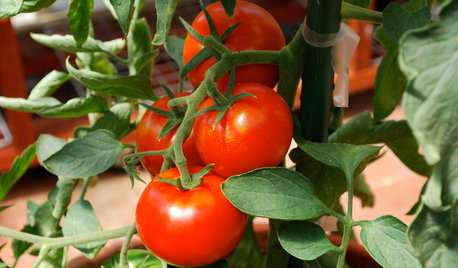
GARDENING 101How to Grow Tomatoes in Pots
Don’t have much space for a garden? All you need is a sunny spot and a large container to grow this favorite summer crop
Full Story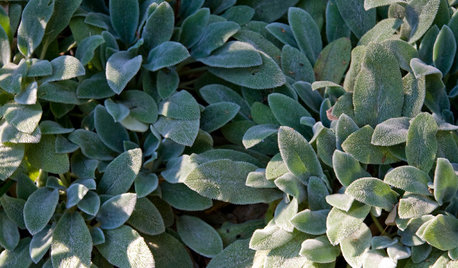
FOLIAGEThe Right Touch: 13 Soft, Fuzzy Plants for Gardens and Pots
Brush a hand on velvety foliage or fluffy plumes for a sensory garden experience beyond sight and smell
Full Story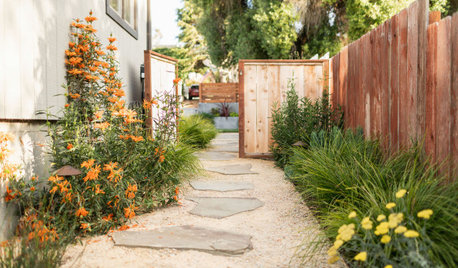
SAVING WATERHow to Keep Your Yard Healthy and Attractive With Less Water
Landscape pros share 8 ways to conserve water and still have beautiful outdoor areas
Full StoryMore Discussions








tapla (mid-Michigan, USDA z5b-6a)
kujenOriginal Author
Related Professionals
Norwood Landscape Contractors · Darien Landscape Contractors · Snoqualmie Landscape Contractors · Cary Landscape Architects & Landscape Designers · Zion Landscape Architects & Landscape Designers · Harvey Landscape Architects & Landscape Designers · Burlington Landscape Contractors · Elmhurst Landscape Contractors · Goldenrod Landscape Contractors · Sun Prairie Solar Energy Systems · Pacifica Window Contractors · Canoga Park Fence Contractors · Dundalk Fence Contractors · Gurnee Fence Contractors · Wake Forest Fence Contractorstapla (mid-Michigan, USDA z5b-6a)
popmama (Colorado, USDA z5)
tapla (mid-Michigan, USDA z5b-6a)